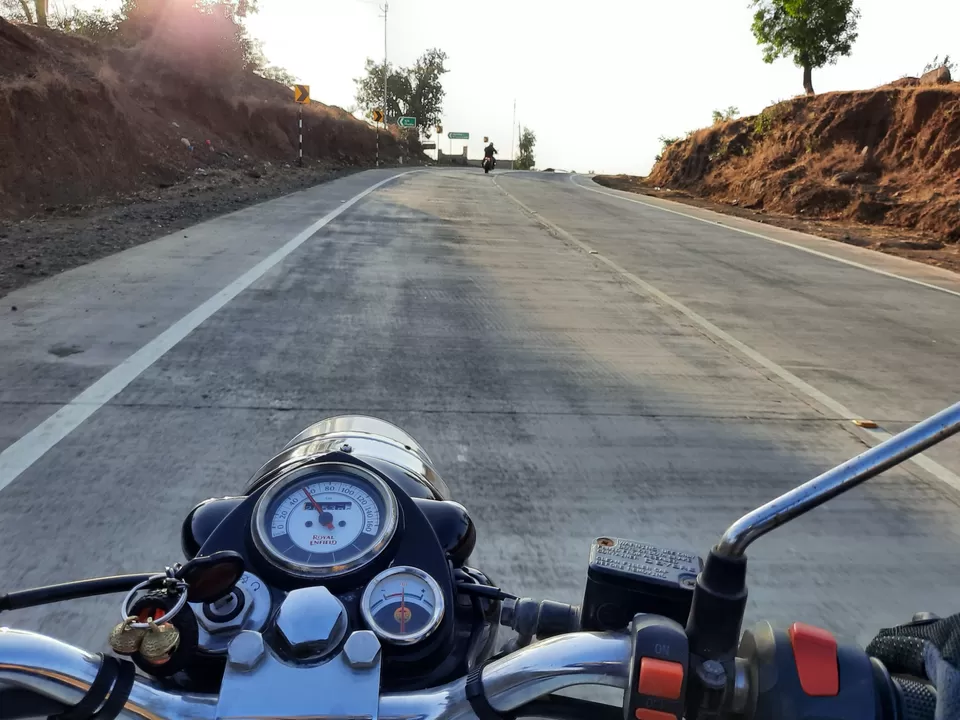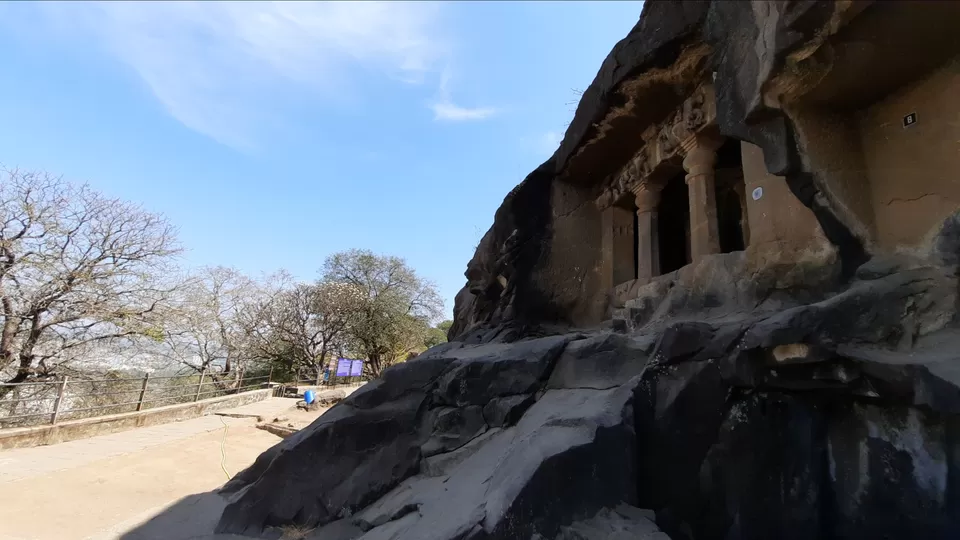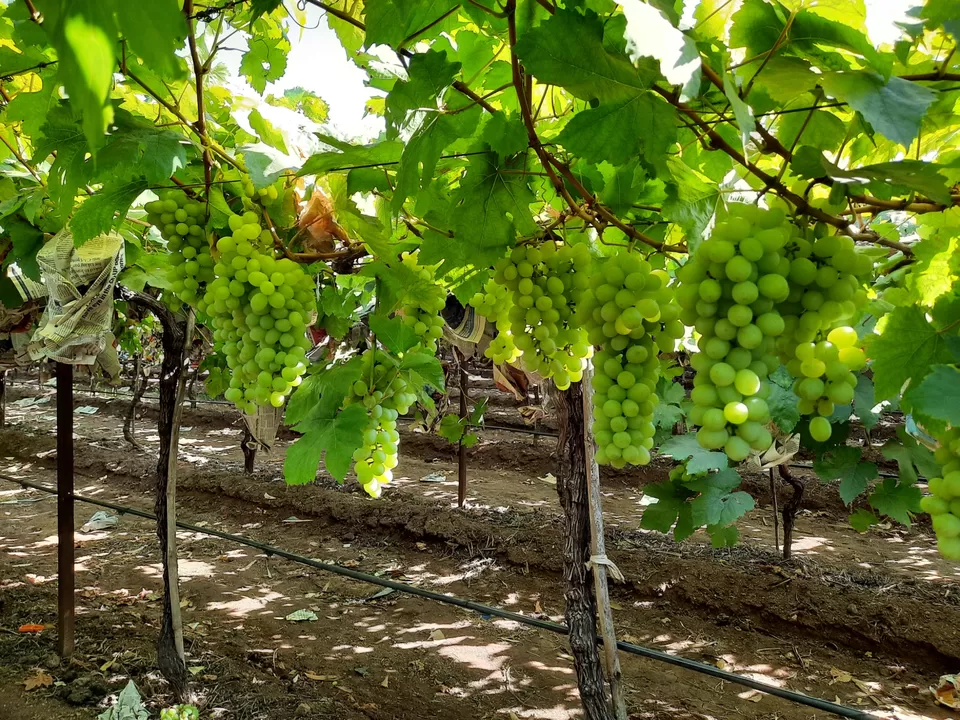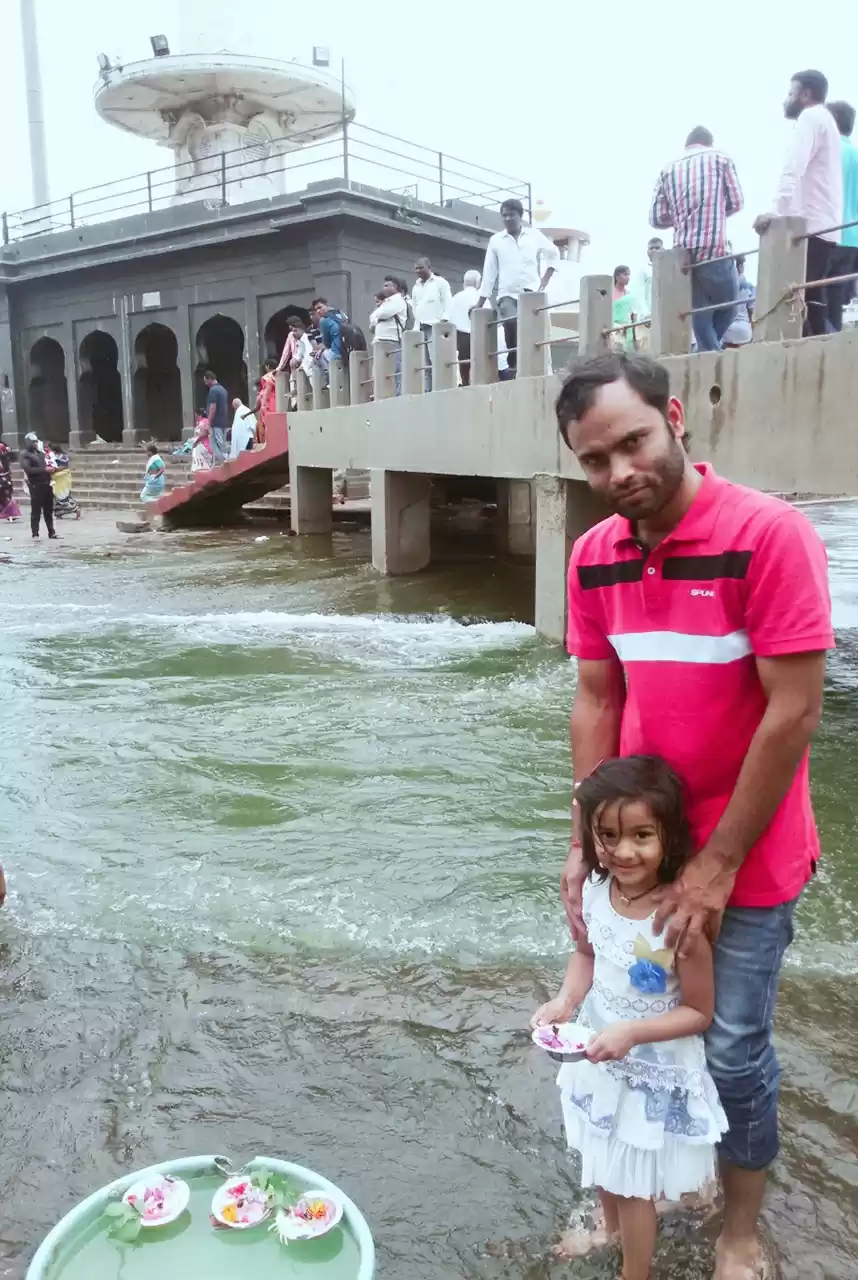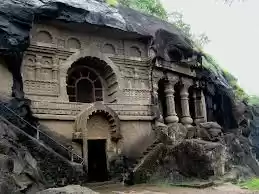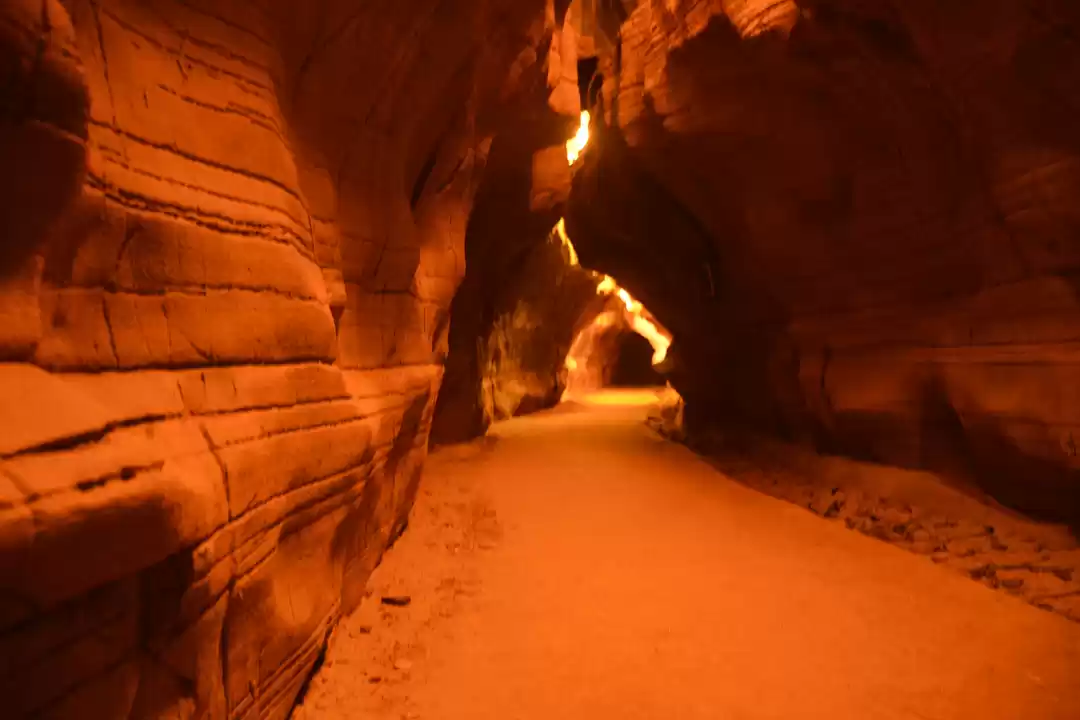
Let me talk about the Bhagur where the great revolutionary, patriot and barrister Veer Savarkar was born. Truth be told, I did not know at all like you that this is Veer Savarkar, who is the only reason for our education. Since we were little, both Nehru and Gandhi have been shown to be great. No human being who has not seen his home family for his country on the right is not mentioned during our education. I thank Dr. Manis. A revolutionary book by Sharad Thakur or right by Viruparvar Savarkar by Sihuparush describes the deeds and sacrifices very well.
Only after reading this book did I make an appointment to visit Bhagur, the birthplace of Veer Savarkar, on the date of Vir Savarkar's death on 26/02/2020. Because the true fun of riding a bike is just in the morning. The road to Valsad and Nashik barley is the way of ferry. Compared to the first, the route to Nashik was systematic. Some places were washed away due to rain. About 4 hours biking after taking a break for some distance, at 10 o'clock we reached Bhagur, the birthplace of Vir Savarkar.
As soon as we arrived, we saw a parade of school children. Many people came from different places of Maharashtra to visit the birthplace of A Vir Saput of India. His house was very well taken care of.
It seemed as if one truly knew the story that was written on the life of Siwarus, a book written by Vir Savarkar. Bhagur resident had a different respect for Savarkar.
We also know about the sacrifice we gave to Veer Savarkar on the occasion of his birth as we reach out to more and more people because very few people know about his sacrifice.
After our 2 hour visit we made sure to visit the ancient caves in Nashik
After a motorcycle ride of 18 km and 30 minutes, we reached the ancient cave called Pandavleni Caves.
Special care was taken by the Department of Archeology. A ticket was required to visit the caves. Let's talk about the history of the caves
Archaeological Survey of India Pandav Caves, Nashik In ancient times, the remains of Buddhist wealth are scattered all over the world. This is a link to the Buddha's Pandava caves of the ancient Buddhist relics. Sahyadri mountain is an independent chain of mala which has been known as Chirashmi mountain since ancient times. 8 km from Nashik M is located at a distance. The Buddhist 24 caves testify to the richness of its ancient times, 70 to 80 meters above the ground at the north end of the Triershmi Mountains, and the second centenary is a magnificent reflection of Christ's cave-making system. The Pandav Caves, also known as the Pand Lani group, have been numbered 1 to 24 in the west. Most of the cave excavations date from the first century to the first century BCE, which was related to the particular idea of Buddhism, Hinayana. Along with cave excavation, skilled craftsmen introduced their hydration potential, digging water wells in the exterior of the caves. In the second Shamlati Isa, along with various dynasties like Satavahan, Kshatrap, etc., ordinary people also praised and supported Buddhism. These same works were the golden age of these caves, while the ordinary and unobstructed caves of Hinaya were delighted with the Buddha and Bodhisattva statues. Due to the fall of Rajanam Aman and Buddhism, the cave came to an end in the seventh century. Some of the caves are very important in this cave group, which has many features in itself. These caves have their own unique shape, excellent design ornament. An impressive combination of architectural splendor and unmatched sculpture. The 18th cave is the only patiuh of this community, separated by its simple pillars and magnificent stupa structure. Because of the inscription of Gautami Batawachi, the mother of the Satavahan Samajji Gautamiputra Satakani, the cave No.3 is called the Guatamiputra cave. This cave is the largest structure here. Where burial cells were excavated for the residence of Shiva along with the ChaityaUh Sabha Mandap.
Cave no. 8 In these caves, there is another large monastery, named after the Naharpan cave named after the Lahrat-Kshatrapa King Nahapan, the specialty of this cave is its unique style and unique structure.
Cave no. 10 Known for its decorative columns, a classic piece of Indian art. It is a museum dedicated to the inscriptions of ancient India in the cave community, where articles of ordinary people including various dynasties pass. This record provides valuable information about the state history of ancient India. Skulls - Anatomical works with anatomy show the dress, hairbrush ornament and social life of ancient India. The Pandav cave group superintendent provides archeologists, national, state and social information in ancient India's religious, urban areas, a wealth of technical excellence.
Thus, our one day bike trip was full of thrill and knowledge of culture. From there we turned towards Valsad and saw the fields of vineyards and we paused to enter. With the permission of the owner there we visited the farming of the vineyard. We were introduced to the method of production of the product. If we informed him about our trip, he too was happy and said, Who does not have the honor of Vir Savarkar who has sacrificed his all for India mother? He added that we do not allow anyone to visit the farm. But he saw the flag on your chest and allowed you to visit and gave you the reason that any true patriot who laughs should apply it on his body. Thus ended our journey with a great experience. #Lockdown
